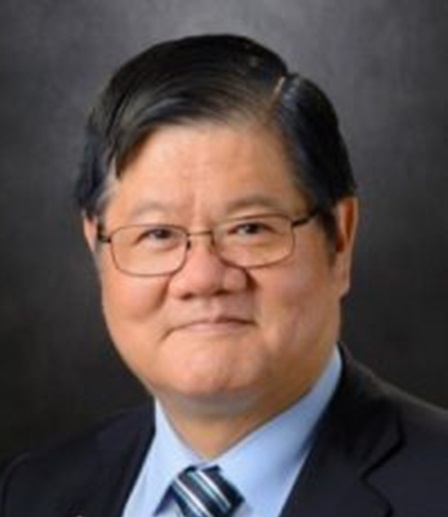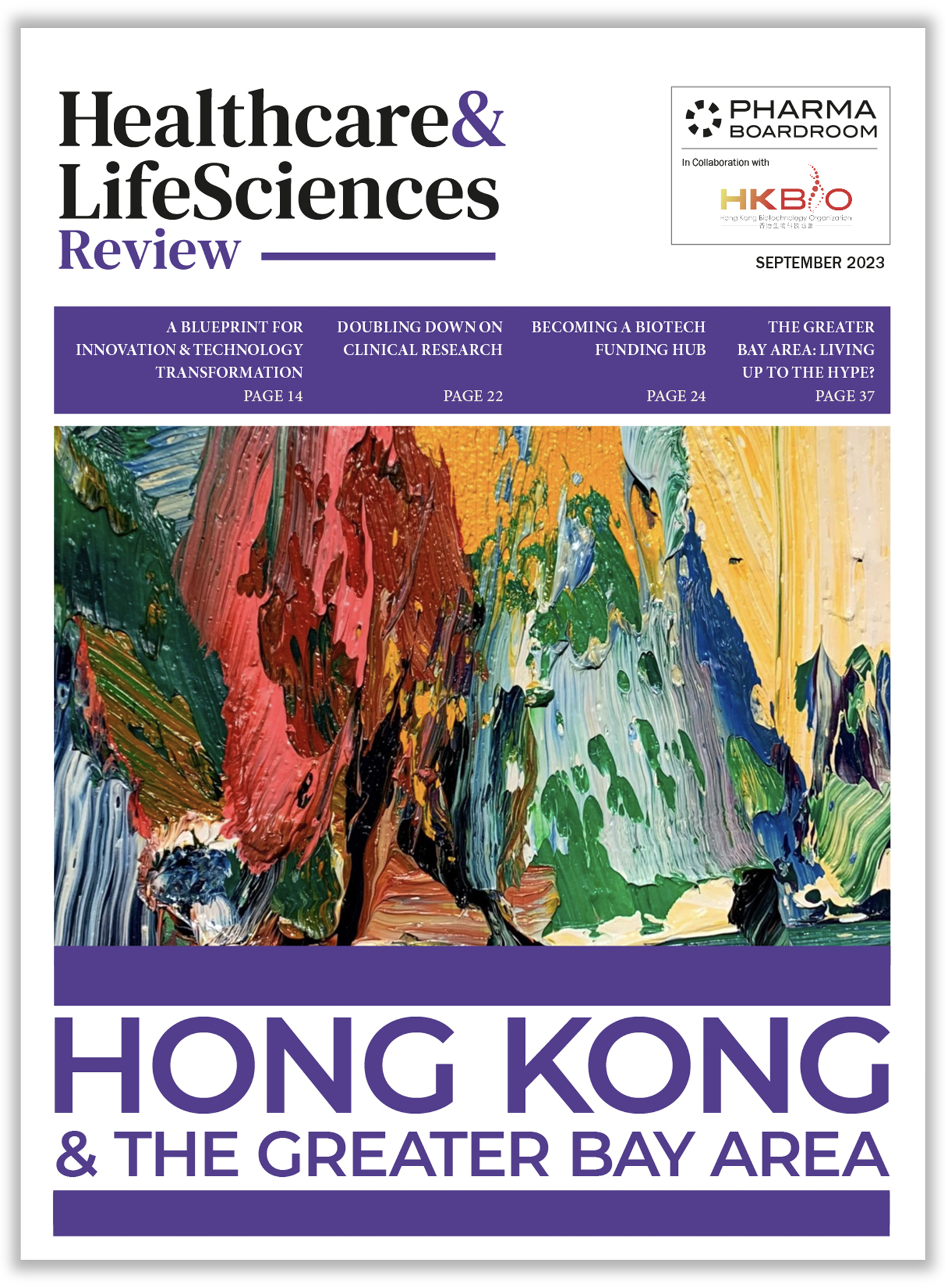Dr Mien-Chie Hung, president of China Medical University, shares his personal mission upon taking the role only three months ago. Dr Hung also elaborates on the research strengths of CMU and goes on to give his view on what role Taiwan and the university can play in tackling the Asian disease burden in order to achieve the island’s international biomedical ambition.
Please introduce yourself and your key priorities as the newly appointed president and China Medical University.
Before becoming president of China Medical University (CMU) I served as a board member for just over ten years. When the university was started more than 60 years ago, it was very focused on the study of traditional Chinese medicine. Over the last several decades, we have continued to have a unique strength in TCM while also advancing our western medicine programs to become even better positioned within health and medicine studies.
In 2005 when I first became involved with CMU, I helped to establish a center of Molecular Medicine focusing om basic research for western medicine. Since then, I have been actively involved with the university through Sister Institution relationship between CMU and Univ of Texas M D Anderson Cancer Center where I served for more than decades and finally came onboard as president three months ago. During this time, I have been observing and learning as much as I can about the university in order to identify the key challenges and develop an action plan for which all stakeholders can work toward.
Administration wise, CMU is very strong and our ranking in research has evolved very favorably over the past decades – CMU is ranked first among private universities in Taiwan and second overall after National Taiwan University based on recent Academic Ranking of World Univ. (ARWU) by Shanghai Jiao Tong Univ. Therefore, my main priorities are focused on globalization and the continued enhancement of our research environment to promote global reputation and social impact of CMU. With my 40 years of training in the US and having served at University of Texas MD Anderson – the number one for cancer care by U.S. News & World Report’s annual “Best Hospital” survey– I will work with CMU colleagues to reach the goal in my mission.
My personal mantra is L.O.V.E. – listen, observe, vision, and execution. I am very excited to work alongside the university and its stakeholders to continue its legacy of excellence and bring about the next era of CMU.
CMU has steadily grown to its present position as one of the foremost medical universities in the country. What are the university’s key areas of research expertise?
CMU has many strengths including a historical emphasis on TCM. I feel it is the university’s duty to incorporate chinses medicine and western medicine together. CMU was the first academic institution in Taiwan where Chinese medicine and pharmacy programs were provided together. In fact, we just had a delegation of faculty attend a TCM conference in Germany earlier this year to demonstrate acupuncture.
Additionally, CMU is also very well positioned in the therapeutic area of oncology. Very recently, our Cell Therapy Center was approved by Taiwan’s Ministry of Health and Welfare (MOHW) for eight different indications of cancer, exclusively for stage four patients. These areas are brain, head and neck, breast, pancreatic, liver, colon, prostate, and ovarian cancers. Our pipeline is currently under review by the MOHW to extend treatment to patients with stage one through three cancer as well.
As an accomplished researcher, you have spent several years in the US, working in prestigious institutions such as MIT and The University of Texas MD Anderson. In your opinion, how can CMU and Taiwan create an important position for itself within the global research environment when up against innovative powerhouses like the US?
The reason I came back to CMU is that I want to bring new cancer solutions like immunotherapy and target therapies to the university’s research environment. Considering our expertise and the regional need, our strategy is to focus on Taiwanese and Asian prominent forms of cancer. For example, small-cell lung cancer is a major form of cancer in the world. However, in Asia Pacific, nearly 50 percent of small-cell lung cancer patients have a particular mutation, EGFR, whereas there is only a 14 percent incidence of the mutation in western populations. Up until 2000, the only treatment option for this cancer was limited to traditional chemotherapy, radiation and surgery, but since then there have been three generations of EGFR target therapy developed, yet it is still considered to be an incurable disease today. However, at MD Anderson we came up with a combination therapy that in animal models has shown to be a potential cure and my hope is to bring this treatment back to Taiwan.
Taking cancer as an example, Taiwan needs to select diseases that have a greater incidence locally and within the region. From here, we can make major contributions in the area using our expertise in these niches. There are many types of cancers in the world and CMU cannot cure all of them, nor compete at the same level as institutes like MD Anderson which has nearly 1,000 ongoing clinical trials a year. However, our role must be to select the space in which we can leverage our strengths to make significant and differentiated contributions. This not only includes lung cancer but diseases such as certain indications of melanoma, liver, and oral cancers which are more prevalent in Asia than the west.
In biotechnology the cultivation of talent is key to success, however, there can be a disconnect between the mindsets of academia and industry where the two sides can find it hard to “speak the same language”. To what extent can universities be a platform to bolster this integration and introduce opportunities in the biotech industry early on?
Within CMU’s network, we have five associated hospitals which play an important role in securing funds to contribute back to the university’s education and research infrastructure. Nevertheless, another area where we see potential to support the university is through partnership with the industry. CMU has already generated several spin-off companies, but we are looking to further encourage the translation of research and IP to the commercial sector. We understand that having this infrastructure to facilitate this cooperation is essential.
CMU has an internal business unit to help professors and researchers from the university to link the appropriate project and industry organizations together for investment. The way we view this is that upstream innovation research done at the university should be translated into products and have a real impact on patients our society. Moreover, encouraging entrepreneurship generates job opportunities for Taiwan’s biotechnology industry, effectively driving the economy forward. For example, despite Switzerland’s small population, the country has generated two of the world’s top ten pharmaceutical companies.
How can Taiwan reach this same level of international success?
First and foremost, we must leverage the unique strengths which Taiwan already has. With our strong ICT history, for example, artificial intelligence is an emerging field with high opportunity in which Taiwan can take a lead.
Taiwan has a good capital market, however, historically success has come from industries which produce exciting results after two or three years – like ICT and manufacturing. Biotechnology is a different story. It is a high-risk high-impact field which requires on average ten years for a drug to be developed and reach commercialization, something that the investors here are not used to. Investors are hesitant to enter the space because Taiwan has not produced a blockbuster success yet and we desperately need one.
At the same time, there must be a change of mindset from both investors and the government. Taiwan wants the Olympic gold medal but is impatient in the process. Success does not come overnight. With the right environment, Taiwan’s biotech can succeed in the same way that Switzerland has – size is not the sole issue. What we need is a multidisciplinary collaboration between our scientists, clinicians and industry partners in order to develop not only the right drugs but the right indications, and this is my mission in CMU – to create a collaborative environment where the best minds can come together to meet a nationwide goal.
Looking forward, what strategic direction are you planning to follow to help achieve CMU’s long-term goal of becoming one of the world’s top-ranked research universities?
In addition to training students and fostering a strong translational infrastructure, I would like to see the CMU play a major role in contributing to social welfare and health. I believe that institutions like industries and universities have an obligation to try and make the impossible possible. With all the resources we have, CMU has its own social responsibility for which I hope to achieve – finding a solution for a disease that currently has no cure. Once we achieve this, the goal of enhancing the university’s research ranking and reputation will come naturally.







